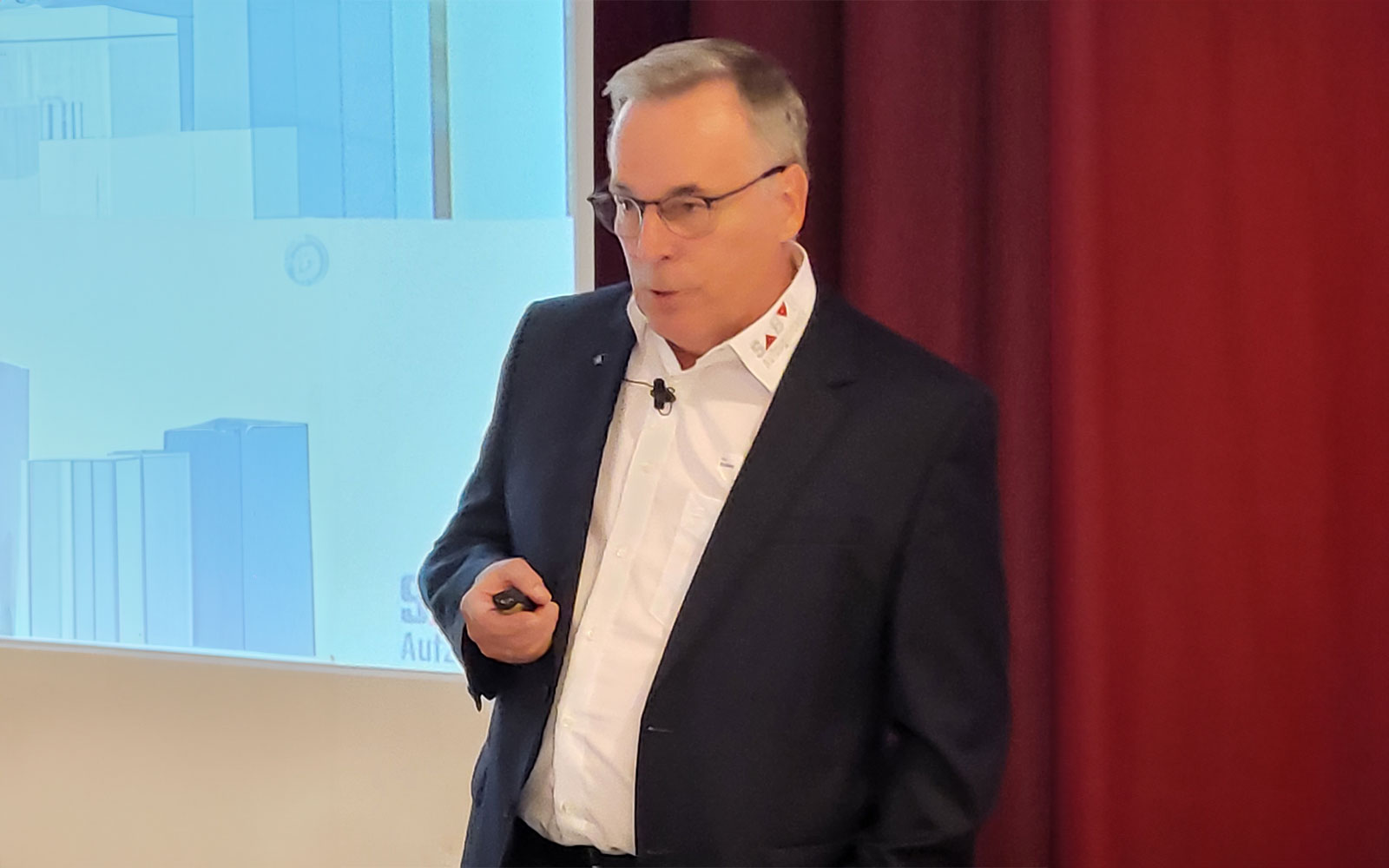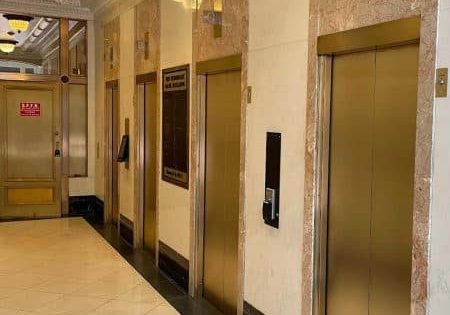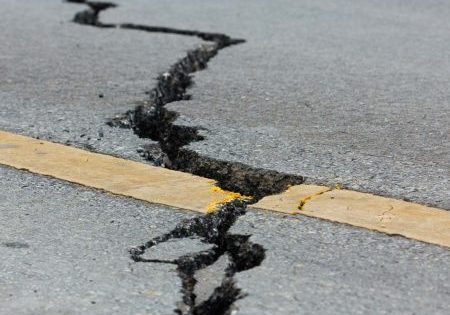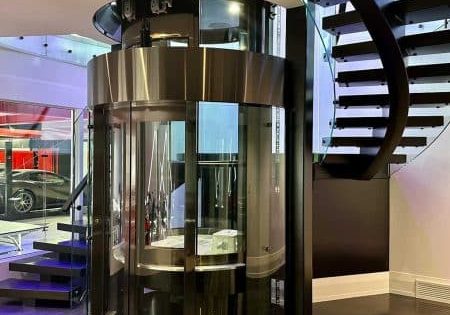Enhancing Quantity and Quality of Employees in the Elevator Industry
Feb 5, 2024

The VDI Standard 2168 is being revised.
Your author, Undine Stricker-Berghoff (USB), spoke to Horst Schickor (HS) from SBR Aufzugstechnik (Elevator Technology) in Gladbeck, Germany, about the revision of the VDI Standard 2168 “Lifts; Personnel Qualification,” which was launched in summer 2023.
USB: Mr. Schickor, would you please introduce yourself to the readers of ELEVATOR WORLD Europe.
HS: I have been in the elevator world for about 40 years. My last position, until 2018, was at the medium-sized German elevator company Niggemeier & Leurs before I founded the new company SBR Aufzugstechnik together with two partners. In 2018, we started with three people; today, after just five years, we already have 28 employees. We have a few anchor customers, but we also look after many small companies — a total of 600 to 700 elevators — and the trend is still rising. Our focus is on the modernization of “exotics” and service. As the “Big 4” are currently losing the new installations business, they are increasingly trying to compete with us in the service business. On November 1, 2023, my shares were transferred to my successor, and I left the company on December 31, 2023. In January, I finally started my consulting business as was actually planned in 2018. This will also give me time for the revision of VDI 2168.
USB: Are there comparable standards to VDI 2168 in Europe, the U.S. and the rest of the world?
HS: The committee does not yet have any information on this. However, perhaps also the VDI Standard will be adopted across Europe and/or worldwide. This has already happened with VDI 4705 “Energy Efficiency,” which is now on the market in an adapted version as ISO 25745. The so-called “power of the first paper” means that many ideas and contents are adopted, which is in the interest of the German elevator industry. Practical support from the European Lift Association (ELA) in such a process would be helpful and desirable.
USB: You are chairman of the VDI 2168 standard committee. Who is your deputy? Who else works on the committee?
HS: There are two deputies. Volker Lenzner represents VFA Academy, the largest provider of further training in accordance with VDI 2168, and Thomas Meyer represents the Center for Elevator Technology Roßwein (Zentrum für Aufzugstechnik Roßwein ZFA), which is also planning to offer further training in accordance with VDI 2168.
Complying with VDI 1000, which describes the principles of VDI Standards’ work, all interested parties are represented in the standard committee. This means that, in addition to the seminar providers, there is also a good mix of elevator operators, expert planners, elevator companies and large-scale industry. A total of around 15 people are permanently involved in the Standard. And there are even more interested parties and requests for participation. Special expertise is also added via guests on the respective topic.
USB: What motivates you to take over this work and responsibility as chairperson of the VDI standard committee?
HS: The most important thing for me is that operators also take care of their responsibilities. Elevator legislation is often unknown to them, and, yet, operators must also comply with it. They must have a firm grasp of it and keep their knowledge up to date so the elevator remains the safest means of transport. The same applies to the many career changers in the elevator industry. Further training following VDI 2168 offers a convenient opportunity to acquire, deepen and refresh this knowledge.
USB: How is VDI 2168 from April 2007 currently used in the elevator industry?
HS: The old VDI Standard described suitable training contents and framework conditions for employee qualifications on four different levels. The paper also offered the possibility of providing proof of expert knowledge.
USB: Why did VDI decide to revise the VDI Standard?
HS: One reason for the revision is that the resulting training courses are now almost 20 years old. Back then, different requirements were placed on the seminar contents. For example, relays were still used in control systems back then; today, a “black box” is installed and removed. In electrical engineering, back then, you had to know how a three-phase motor was wound; today, you only need to know how it is measured. Back then, you had to know what a star or delta motor was; today, we differentiate between synchronous and asynchronous motors. I only need the motor’s performance data to be able to design the drive. A lot of things will disappear, and new things will be added, such as digitalization.
In addition, VDI 1000 requires each VDI Standard to be checked every five years to ensure that it is still up to date. Against the background just described, the VDI lift technology committee was no longer able to affirm this. Against the background of a shortage of expert personnel, the committee has now, for the first time, again found a sufficient number of strong interested parties who are prepared to carry out a revision on a honorary basis.
USB: When did you start the work?
HS: I officially submitted the application for revision to the VDI lift technology committee for the reasons mentioned above and was also appointed chairperson of the VDI standard committee at the same time. The so-called constituent meeting of this committee then took place in June 2023. In September 2023, the second meeting was held, but some people were unable to attend due to the upcoming interlift trade fair in Augsburg, Germany.
USB: What will be the objective of the standard?
HS: The aim of the “old” VDI Standard was to qualify expert personnel for the elevator industry. Over the years, the requirements for elevators have changed and so have the personnel. When I initially worked as a lecturer in the VFA Academy seminars in accordance with VDI 2168, a lot of basic and background knowledge was taught. This is no longer needed today, and the content has to be adapted accordingly.
USB: To whom is the VDI Standard aimed?
HS: The old VDI Standard was aimed at people who work for Notified Bodies (NB) or Central Inspection Bodies (Zentralen Überwachungsstellen ZÜS). The revised version addresses a much more heterogeneous, broader section of the elevator industry, including operators, planners and elevator manufacturers. However, the target groups have yet to be determined.
USB: How has the structure been changed?
HS: The old VDI Standard included the following chapters: 4 Categories of qualification measures and required entry qualifications, 5 Quality characteristics of training courses, 6 Requirements for instructors, 7 Topics and contents of training courses, 8 Examination, 9 Certificate, 10 Acquired skills and limits. Although the new structure is still open, we already know that the old structure no longer fits the new content and target groups. The exploratory work in the VDI standard committee is still ongoing.
USB: What will change in terms of content?
HS: Overall, the content will be more practically oriented. In the new version, there will probably be six or seven modules that are geared toward specific target groups such as operation, planning, servicing and testing. They will be individually selectable, possibly following a recommendation. For example, service technicians will take a basic course plus a more in-depth course, which will cover the structure and appearance of the elevator shaft and the brake test, among other things. This further training course will also cover passenger rescue. So far, only keywords are available for the content.
In the new version, the references to the rules and regulations will also be updated. Then every participant will know what to adhere to. When it comes to elevators, it’s like the Highway Code: If you do something wrong, you will pay a fine or even cause an accident. This must be prevented. You have to read the relevant technical rules and regulations — operators, too. In the seminars, we can explain why something is regulated this way and not differently. That makes it interesting. It also makes people, in particular with a technical background, aware of what could happen if they don’t take care. I would urge all participants to continue to study this content beyond the course.
USB: Will there still be examinations in accordance with VDI 2168?
HS: That is completely open. A certificate is certainly still desirable. Cooperation with a Chamber of Crafts, for example, could pave the way for public recognition of a qualification. A training partnership with VDI with licensed training providers and a certificate register might be possible. In addition, industry associations such as VFA and/or VDMA might conduct examinations. We fear that there may be too few participants for examinations so a realization would be possible at most centrally with nationwide entering.
USB: What is the next step in the work plan?
HS: We will start by collecting and screening material in the committee. Next, we will define topics and terms. Then, we need to work on draft texts so that it becomes clear to the outside world what we mean and what we want to achieve. We prefer to meet in person for the many intensive discussions at the beginning of the revision process. Fine-tuning and editing work can then be carried out later online in a smaller group.
USB: When do you expect the draft standard to be published?
HS: We will be actively working in the committee until at least the end of 2024. With editing, publication would then be possible in April 2025 at the earliest. However, there are still various difficulties to overcome along the way. The VDI Standard has a wide range of contents that needs to be covered competently. The duration of the seminars and their procedures at the providers — for example, VFA individual days/Roßwein one week at a time — differ greatly and must be unitized. The economic impact of the revision on training providers and participants must be thought through and minimized.
USB: What happens to the paper once the draft, the so-called “green print,” has been published?
HS: You can already use the draft, but you don’t have to. It is important that the content is read and its implementation widely tested. Written objections from anyone within a given period must be discussed in the VDI standard committee and a decision made on their acceptance. Only then is the final version published, the so-called “white print,” which remains valid unchanged for at least five years until the first check to ensure that it is still up to date and is generally widely used.
USB: Do you have a final message for readers?
HS: I hope that the new VDI 2168 will make training courses more efficient, more effective and simply better. The training documents will be revised and adapted. A lot of work will have to go into this for which I would like to thank all those involved already today on behalf of all future seminar participants. We also need new lecturers for this. Please feel summoned!
And finally, I would also like to call on all former participants to make friends with the repetition of the VDI 2168 seminars. There will be very big changes in the VDI Standard, which reflects current knowledge and intensive practical relevance. Listen with interest, participate actively to become smarter and find out what everything in the elevator looks like and how it works!
Get more of Elevator World. Sign up for our free e-newsletter.









